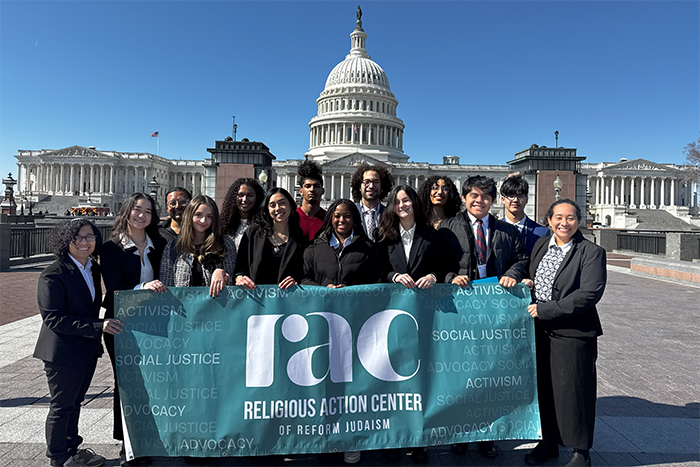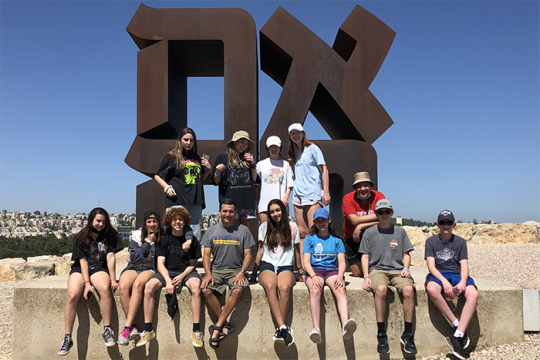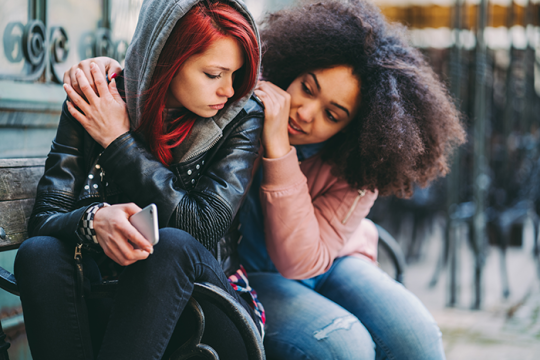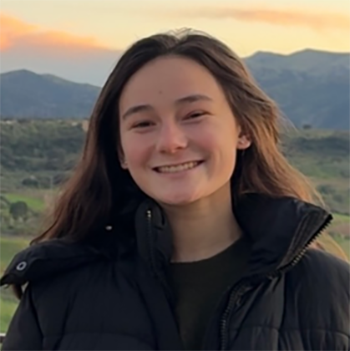
Growing up Chinese and Jewish has taught me that identity is not about choosing one culture over another, but about navigating — and embracing — the differences between them. My dad is Chinese and my mom is Ashkenazi Jewish. In our house, Chinese and Jewish heirlooms symbolize the vibrant culture I have been raised in. We have a mezuzah outside our door and a long banner of Chinese calligraphy above the staircase. Drawers are filled with a mixture of Shabbat candles, red envelopes, chopsticks, and dreidels. The New Year is celebrated three times with three different family dinners on Rosh HaShanah, Lunar New Year, and January 1. Jewish and Chinese traditions are combined in joyous, effortless ways, making it easy to feel connected to both parts of my identity.
But in the outside world, my identity is often divided. I am half-Chinese and half-Jewish, despite living in Los Angeles, one of the most diverse cities in the world. It is disheartening when people pick and choose which parts of me to see. Teachers sometimes suggest I am not fit to speak about Jewish history or antisemitism. New friends are surprised to learn I am Chinese because I look more like my mom than my dad. Classmates question whether I am a real Jew because I have an Asian last name.
Rather than approaching my multicultural upbringing with curiosity, people often approach with judgment. Instead of embracing my whole self, I feel pressure to suppress or amplify specific parts of my identity. I developed the ability to make a mental switch in different cultural spaces. Like other multiethnic people, I minimize one part of my identity and bolster the other to convince others my experiences are legitimate. When others judge my identity solely by genetic makeup, it feels like the different components of myself are siloed and the customs, histories, and traditions of my family become incompatible. This can be isolating; it means the people I interact with do not see my genuine self.
Before I participated in the Teen Jews of Color Fellowship, I struggled to articulate the dissonance between my own sense of self and others’ perceptions of my identity. While other people’s judgments once made me feel divided, the Teen Jews of Color Fellowship taught me to articulate my diverse experiences as a source of strength, nuance, and authenticity. It was in this community of fellows, rabbis, and adult mentors where I was encouraged to explore, question, and discuss these challenges and my relationship to my Jewish and Chinese heritage.
Each time we gathered, we learned about and discussed topics that are often discouraged or avoided in other spaces, including intersectionality, privilege, antisemitism, and racism. During these conversations, fellows and mentors shared their experiences of feeling othered in various cultural spaces. It was remarkable to watch us all nod our heads in solidarity and understanding. I felt a deep sense of affinity with the other fellows. Hearing about the different ways they confronted people’s preconceived notions about them challenged me to consider how I can amplify my Judaism and Chinese identities equally and simultaneously, even when it feels uncomfortable or impossible.
The Teen Jews of Color Fellowship taught me that identity is about embracing the “and,” rather than the “or.” In a society that is too often focused on binaries, I feel equipped to dive into nuance. Instead of internalizing my Chinese heritage and Judaism as mutually exclusive, I have realized that my ability to hold these two identities at once is an asset, not a barrier. I can understand and empathize with a broader array of people, perspectives, and backgrounds. Bringing together my two cultures is what makes me unique, since no two people reconcile the components of their identity in the same way.
If the Teen JOC Fellowship sounds like something you or someone you know might be interested in, please fill out the interest form.
Related Posts

Discovering Israel, Adventure, and Growth at Heller High

18 Jewish Reads for Tweens and Young Adults

